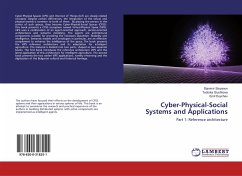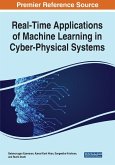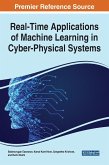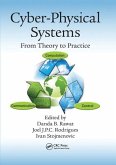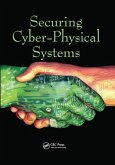Cyber-Physical Spaces (CPS) and Internet of Things (IoT) are closely related concepts. Despite certain differences, the integration of the virtual and physical worlds is common to both of them. By placing the person in the center of such spaces, they become Cyber-Physical-Social Spaces (CPSS). This book presents a CPSS ecosystem named Virtual-Physical Spase (ViPS). ViPS uses a combination of an agent-oriented approach, service-oriented architectures and semantic modeling. The agents are architectural components suitable for providing the necessary dynamism, flexibility and intelligence. Semantic models and ontologies in particular, are an effective complement to enhance the intelligence of the space. The book presents the ViPS reference architecture and its adaptation for intelligent agriculture. The material is divided into two parts, shaped as two separate books. The first book introduces the reference architecture ViPS and the latest application of this architecture for intelligent agriculture. The second book presents the two earlier ViPS applications, namely e-learning and the digitization of the Bulgarian cultural and historical heritage.
Hinweis: Dieser Artikel kann nur an eine deutsche Lieferadresse ausgeliefert werden.
Hinweis: Dieser Artikel kann nur an eine deutsche Lieferadresse ausgeliefert werden.

